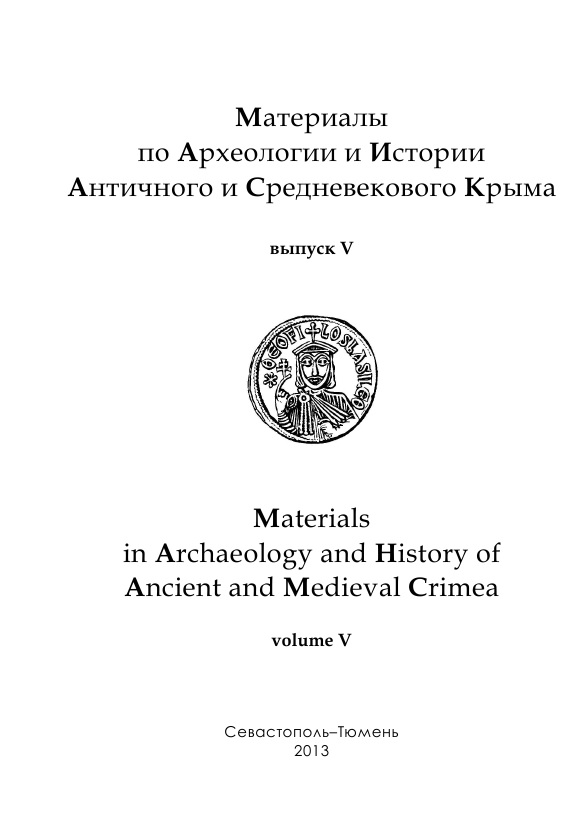К вопросу об интерпретации ойконима «Koutteley» из «Путеводителя» Ш. Монтандона
To a question of interpretation of an oykonim of "Koutteley" from Sh. Montandon's "Guide"
Author(s): N.V. DneprovskiySubject(s): Archaeology, Cultural history, History of ideas, 13th to 14th Centuries
Published by: Нижневартовский государственный университет
Keywords: Crimea; history; Goths; toponymy; «cave cities»; Eski-Kermen; Tcherkess-Kermen
Summary/Abstract: This article is concerning the origin of the «Koutteley» oikonym, which was introduced by the Swiss traveller C.Montandon when describing the surroundings of the village Tcherkess-Kermen, as well as its geo-referencing. We have stated that this oikonym, contrary to the opinion of a number of previous researchers, in no way could be applied to «cave city» Eski-Kermen. This misconception was caused only by informational incompleteness of the written sources, as well as the landscape changes of the recent time. The «Koutteley» oikonym could only be referred to the Northern tip of the Tapshan plateau hosting the fortification of Kyz-Kule. We have also found that notification of this name do correspond to the rules of not the French but the English language. This fact allowed us for the first time to reconstruct its real pronunciation by local residents. Most likely it corresponds to the Greek word «κουτάλι» meaning «a spoon». Probably, the origin of this word is rather modern. It was determined by the form of a rocky tip of the Tapshan plateau which is really resembling a spoon. This oikonym have been originated among the Greek population of the village Tcherkess-Kermen and was forgotten soon after the deportation of Greeks from the Crimea. in the late XVIII century.
Journal: Материалы по археологии и истории античного и средневекового Причерноморья
- Issue Year: 2013
- Issue No: 5
- Page Range: 139-161
- Page Count: 23
- Language: Russian

